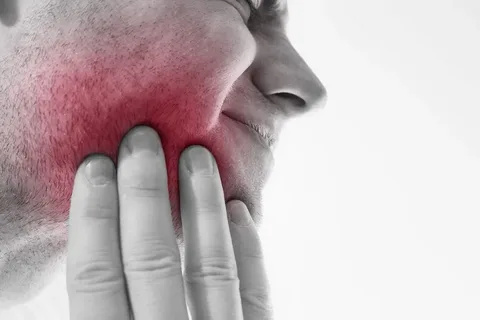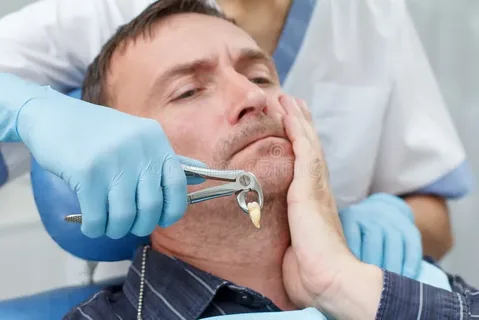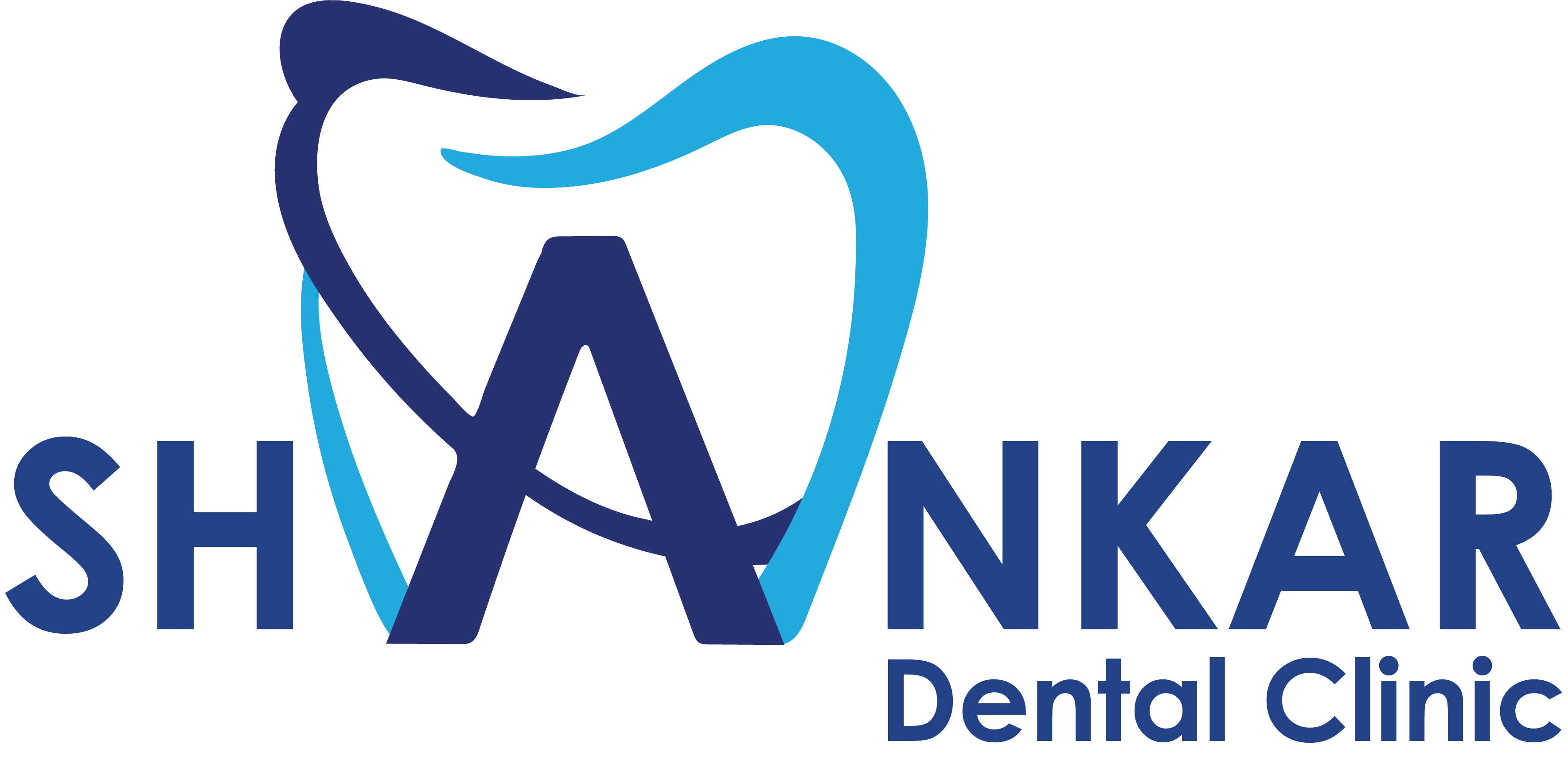Impaction / Impacted Tooth Extraction
An impacted tooth is a tooth that does not fully emerge from the gum line or is misaligned, causing it to become trapped beneath the gum tissue or bone. This can occur with any tooth, but it most commonly happens with the third molars, or wisdom teeth. When a tooth becomes impacted, it may cause pain, swelling, infection, or damage to adjacent teeth, making extraction necessary.
Impacted tooth extraction is a common procedure that can provide significant relief and improve oral health. If you suspect you may have impacted teeth, consult your dentist or oral surgeon to discuss your options. With proper care and attention, recovery is typically straightforward, and you can enjoy a healthier, pain-free smile.
- That extremely painful or again is there anyone.
- Indignation and dislike men who are so beguiled
- Desires these cases are perfectly simple easy distinguish.
- That extremely painful or again that is there anyone.
- Starchy foods are a key food group in healthy eating
- People are sleeping much less than they did in the past
- Don’t smoke or use drugs, and only drink in moderation
- Your body is full of trillions of bacteria, viruses and fungi
Key features About Impacted Tooth Extraction

Relieves Pain and Discomfort

Prevents Complications

Restores Oral Health
Frequently asked questions
Here are some Frequently Asked Questions (FAQs) about Impacted Tooth Extraction:
Impacted teeth may need to be removed to prevent pain, infection, damage to surrounding teeth, or overcrowding. In some cases, they can lead to the development of cysts or tumors.
Signs of an impacted tooth include pain, swelling, or difficulty opening the mouth. X-rays taken by your dentist will confirm if a tooth is impacted.
Recovery usually takes about 3-7 days for the initial healing, though full recovery may take several weeks. Most people can return to normal activities within a few days, but the extraction site may need up to a few months to heal completely.
Immediately after the extraction, stick to soft foods and avoid chewing on the side of the extraction site. Avoid hot, spicy, or crunchy foods that could irritate the area for a few days after surgery.
Impacted teeth may need to be removed to prevent pain, infection, damage to surrounding teeth, or overcrowding. In some cases, they can lead to the development of cysts or tumors.

